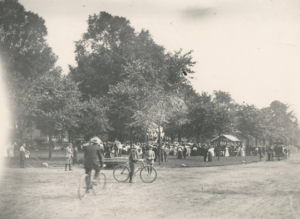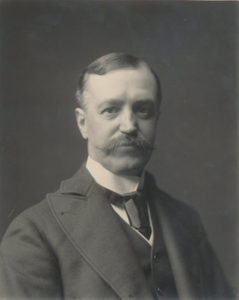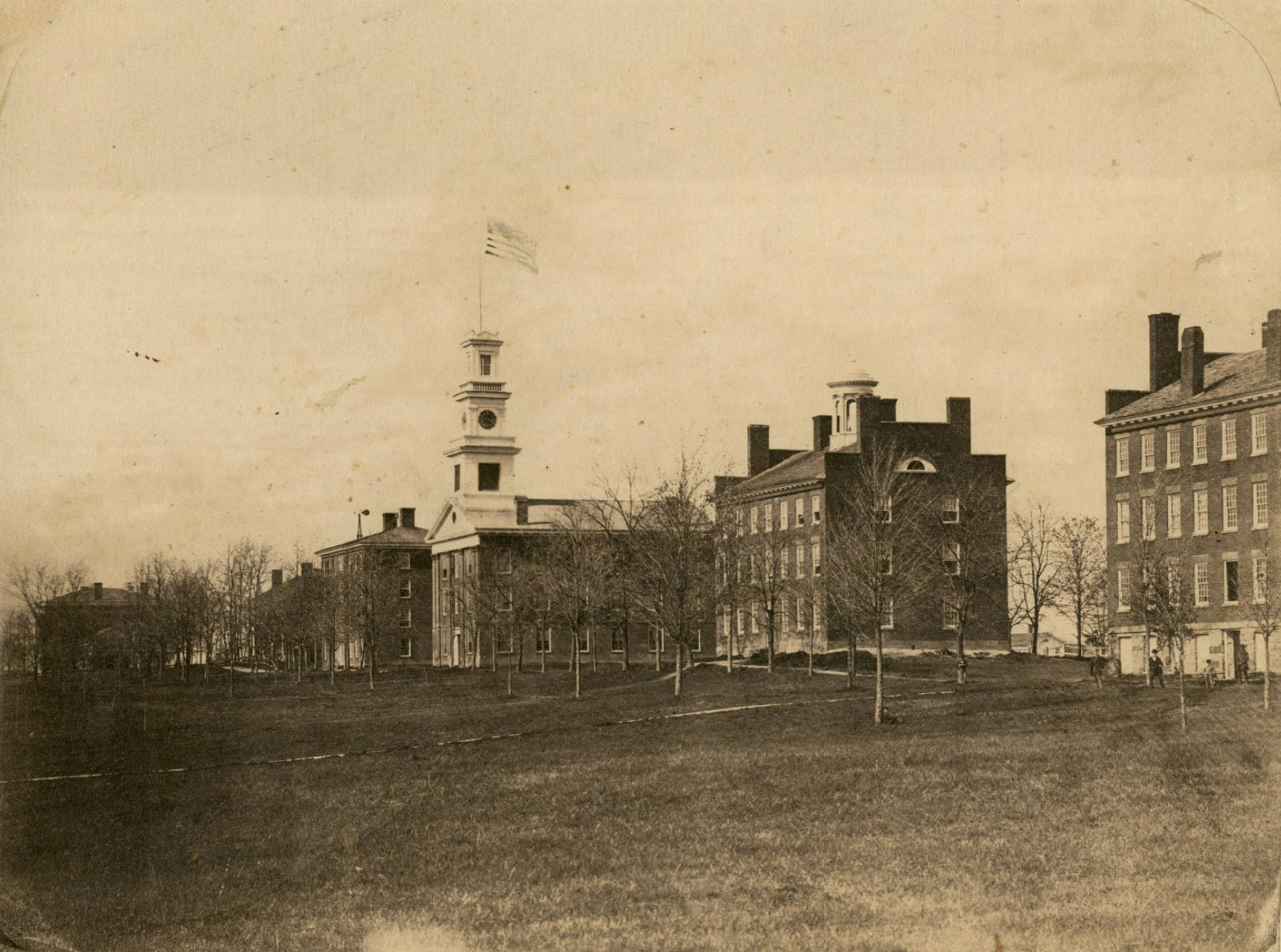4,000 lbs.
Weight of the Westminster chimes inside the clock tower
$5,000
James W. Ellsworth's donation to build the clock (approximately $137,000 today)
42 feet, 9 inches
Height of the clock tower
One of the world's richest men, the late John D. Rockefeller, often had his chauffeur drive him to Hudson from Cleveland just before noon on a summer day. Rockefeller would walk to a park bench, sit in the shade and leave after the noon chimes sounded.
The Story of the Clock Tower
The Hudson Clock Tower: Our Landmark on the Green
By James Caccamo
Ex Libris, February 1980

Certainly one of the most eye catching features for those that visit Hudson for the first time is the clocktower, which stands on the northwestern corner of the Green. Even those who pass the tower every day cannot help but to admire its imposing lines. If any landmark serves as a symbol of Hudson, then that landmark must be the clocktower.
Ironically, the clocktower is a relatively new structure in town. Construction of the tower was not begun until June 15, 1912. This is substantially later than most of the historic buildings in town.
Originally, the clock tower was planned as a drinking fountain. According to Hudson Independent for May 24, 1912, the original design had three fountains: for dogs and cats, one for horses, and for people! The clock at the top of tower was almost an incidental.

The tower was a gift to Hudson from its greatest benefactor, James W. Ellsworth. The tower was not, as some suppose, a memorial to anyone. As far as is known, it is also not a reproduction of any other clock tower.
The following statistics indicate the exact measurements of the tower:
Height: 42 feet, 9 inches
Width: 13 feet for the first 13 inches of height; 12 feet, ten inches for the next 44 inches of height. The tower slants in for 9 inches. It then measures 12 feet in width for the rest of the tower.
Turrets: Each turret is 2 feet high.
The clockworks were custom-made by the E. Howard Clock Company of Boston. The four faces of the clock measure 6 feet, 6 inches in diameter. The clockworks weighed 800 pounds at the time of their original installation. The chimes of the clock weigh close to two tons.
Residents may be surprised to learn that at least two attempts have been made to demolish or move the tower. In 1936, a group of residents banded together to try to force the destruction or the moving of the tower. They claimed it was a traffic hazard. Luckily, wiser heads prevailed, and instead of demolishing the tower, it was repaired. In 1957, the State Department of Transportation recommended that the tower be moved, so that State Route 91 could be widened to four lanes through the center of town. This plan also met with resistance.
The recent restoration of the clockworks and the chimes has been a major step in preservation for Hudson. Not only is the tower a symbol of Hudson as a community, but it is, once again, a useful and beautiful timepiece. It has sprung back from various acts of vandalism. It has, with much dedication from various segments of the community, remained the focus of the northernmost section of the green.
Part II
Ex Libris, February 1980
Last month, Ex Libris explored the history of the clock tower, and outlined its physical dimensions. This month, it seems appropriate to discuss something that is not seen from the outside–the clockworks and chimes. Last month, brief mention was made of the works. This month, we will take a look at this most rare and fascinating aspect of, our clocktower.
The E. Howard Company of Boston, founded in 1842, custom-made the works in 1912 for the new clocktower James W. Ellsworth was having built in Hudson. E. Howard clocks, with their huge weights, were known throughout the country for their reliability and accuracy. Clock movement No. 3113, the movement for the Hudson clocktower, was handcrafted, and was installed in the new tower along with four meneely bells. The mechanism had to be wound daily. Every Sunday night, the massive weights of the tower had to be cranked up. It was because of this chore, and not because of a flaw in E. Howard’s workmanship, that the troubles with the clock began in 1935. First the chimes were left unwound. Then, in 1957, the decision was made to electrify the clockworks.
Electrification became a bigger problem than winding the works. E. Howard clocks tended to have severe mechanical faults after they were electrified. Good old American faith in the wonders of technology had turned a reliable piece of handbuilt craftsmanship into a cantankerous electronic gadget.
For almost twenty years the residents of Hudson put up with a clocktower that was at best inaccurate, and at very worst a clock that failed to run. In 1976, as a bicentennial project, the Township Trustees decided to try to have the clockworks restored. Eventually, Richard Gilver of Wadsworth and his son, Rick, were hired to do the chore of restoring the clockworks to their original mechanical state.
Since the clockworks for our tower are unique, many of the replacement parts for the works had to be hand-crafted. Some luck was involved (such as finding a replacement for the varnished cherry pendulum), but most of the credit for success goes to the Gilvers and the other clock craftsmen who used their skills to restore the works to their 1912 splendor.
Instead of having to wind the works every week, the tower now has an electric winding system; this is the perfect compromise, for now the works no longer need to be wound by hand, yet the actual running of the clock is mechanical, not electric. Thus it is one of the few E. Howard movements that does not really run by electrical power, but as it was originally designed to do–by the force of gravity.
With the new redwood hands recently installed, the tower now keeps good time, with all the faces coordinated. It has been brought back to its former grandeur. The final touch of glory came in mid-December of 1979, when the chimes began to ring again.



